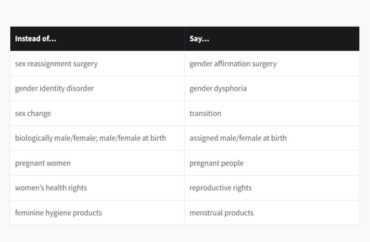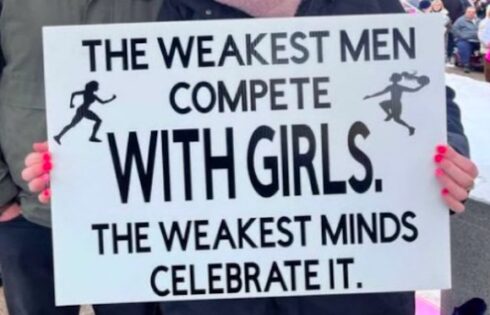
Guide aims to create an ‘anti-racist environment’
University of Utah leaders recently published a lengthy “Inclusive Style Guide” for students, faculty and staff to follow.
The guide was rolled out over the summer and includes more than 40 suggestions on how to avoid using terminology deemed inappropriate or offensive.
It includes several different sections, including ones dedicated to gender, race, socioeconomics, disabilities and the LGBTQ community.
The guide aims to help make the University of Utah “a welcoming, inclusive, and anti-racist environment,” according to the guide’s website.
“The ways in which we communicate with each other should always seek to honor the humanity of each person who crosses paths with our institution, where no one perspective is more worthy than another,” it adds.
“In the content that we create, we have a responsibility to use language and images that are respectful to people of all cultures, backgrounds, identities, and experiences.”
The University of Utah’s media relations team declined to comment to The College Fix.
University of Utah journalism Professor Kim Mangun told The College Fix the guide is a helpful tool.
“Such guides are particularly important for journalism students and professional communicators, who strive to do accurate and fair reporting,” she said.
“Making diversity and inclusion central to reporting will certainly help students enter the field of journalism, since they will be able to better represent societies, gain the trust of their audiences, and help diversify their media outlets.”
The gender section states students and faculty should “Recognize that there are more than two genders.”
“It is also important to understand that while we have been socialized to think of two sexes — ‘male’ and ‘female’ —there are many biological variations that do not neatly fall into these categories,” the guide adds.
It suggests nearly 20 different ways in which students and faculty can respect gender fluidity in their work, including:
When discussing instances of oppression that certain groups (often women) face, consider being inclusive of other oppressed groups, such as trans and non-binary people (e.g. “pregnant people” rather than “pregnant women” and “people who menstruate” rather than “women who menstruate”).
The race section states that when “using color to appropriately describe a race, capitalize the words—for example when using Black, White, and Brown,” as well as to capitalize the word “Indigenous.”
Other advice is to avoid using “color blind” or “don’t see color” because it “dismisses a serious social justice issue—society treats people differently based on their race or ethnicity,” the guide states.
Asked to weigh in on the guide, Biola University Professor of Communication Studies Chase Andre said style guides are meant to serve a purpose.
“Often, they are guides in how to communicate about and to and around groups of people on campus that face marginalization, that face harassment, and that face abuse,” he said to The Fix. “It is often the case that we don’t know the impact of our words, if we’re not in that group.”
In the case of the University of Utah, Andre said he does not think the guide infringes on First Amendment rights.
“Inclusivity guides are about fostering a certain kind of community on a campus or they’re about how we write and speak when it comes to our academic site assignments,” he said. “So inclusivity guides [are] a professional standard, an academic standard, but a professional standard.”
MORE: Georgia Tech publishes 2-page ‘inclusivity checklist’ for campus events
IMAGE: University of Utah screenshot
Like The College Fix on Facebook / Follow us on Twitter






Please join the conversation about our stories on Facebook, Twitter, Instagram, Reddit, MeWe, Rumble, Gab, Minds and Gettr.